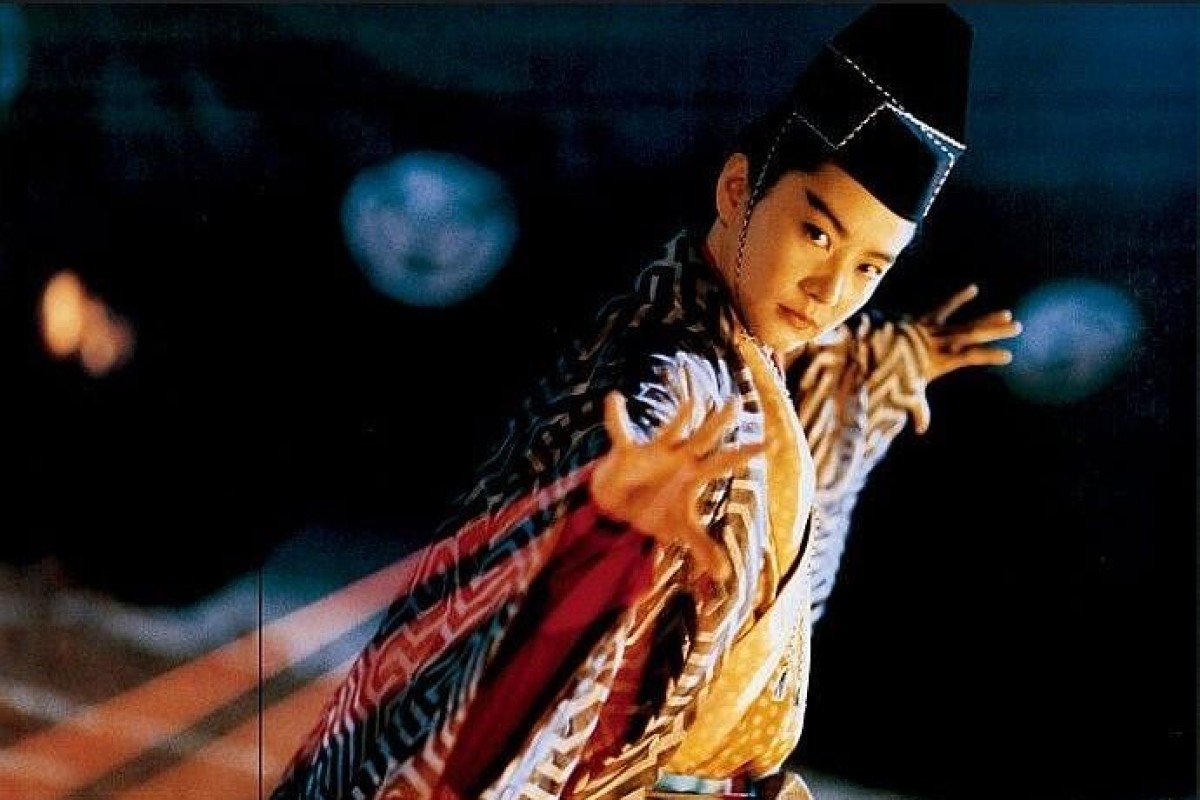
Hong Kong filmmaker Tsui Hark is well known for his bold visual style and free-ranging approach to storytelling. The wild and vivacious Swordsman III: The East Is Red, the final part of his highly successful Swordsman trilogy, takes both of these qualities to extremes.
Visually, the 1993 film is an explosive assault of colour, noise, martial arts and action that mixes Spanish galleons and Japanese ninjas with more typical examples of Tsui’s “mythical China”. Imagination is not lacking, even if the model galleons and special effects are creaky. There are sea battles, sails which turn into flying carpets, and even a galleon that becomes a submarine.
The crazed storyline seems to be based more on the availability of its busy star, Brigitte Lin Ching-hsia, than the needs of plot and character development. Lin was such a big star at the time that producers would allow her to shoot more than one film at once, and she would shuttle between characters and shoots, splitting her screen time between projects.
But the resulting chaos, co-directed by Ching Siu-tung (who directed part two) and Raymond Lee Wai-man (who co-directed part one) – with producer Tsui dipping in when he felt like it – is mind-numbingly enjoyable, especially on a big screen.
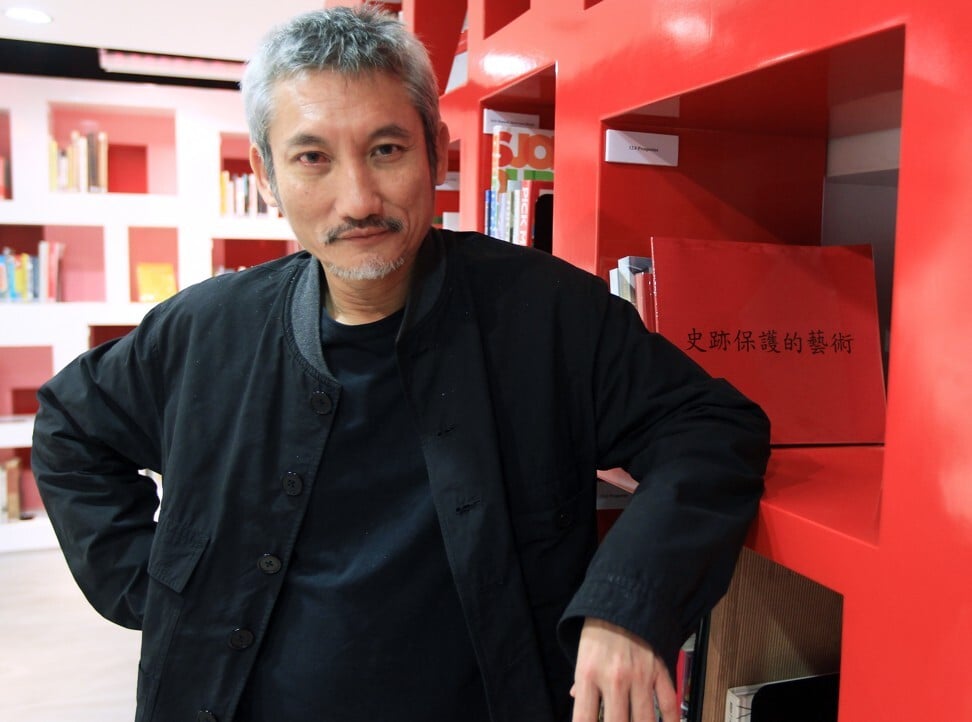
The East Is Red was made quickly to capitalise on the box office success of 1992’s , a big hit that used special effects to update the fantastique genre of wuxia films. Fantastique wuxia films, which date back to 1928 in Shanghai, allow their martial arts characters to possess magical powers.
Swordsman II had made a massive star of its Taiwanese actress Lin, who was already well known in Hong Kong for playing dramatic and romantic roles. Lin played a vicious hermaphrodite sorceress in a performance that started a vogue for gender-bending characters in Hong Kong films.
Swordsman II was so successful it spawned a plentiful array of imitators. Lin’s seductively evil villainess, Asia the Invincible, or Invincible East, quickly became a part of Hong Kong pop culture and the city’s media landscape in general.
Tsui had not planned to make a sequel to Swordsman II, so Asia the Invincible was killed off at the end. But her character was so popular that a sequel made good business sense. Asia the Invincible was therefore resurrected for Swordsman III: The East Is Red with no real attempt to explain the logic, supernatural or otherwise, of how that could occur.
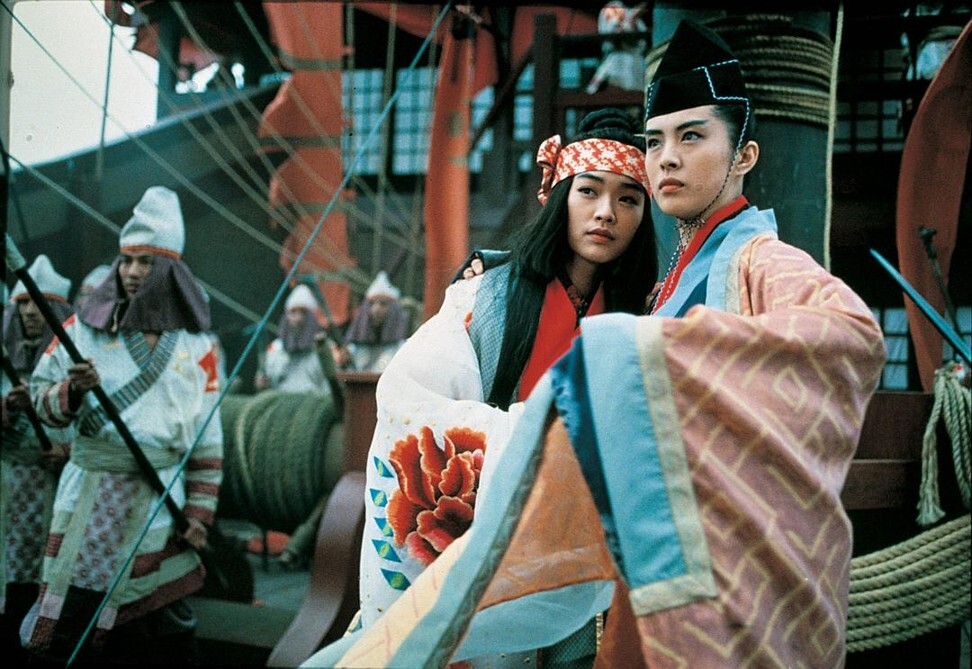
The frantic story, which features next to no swordplay, starts with a group of Ming officials leading a squad of Spanish conquistadores – a fanciful but arresting touch – to the grave of Asia the Invincible. The Spanish hope to find the sacred scroll which was the source of her supernatural powers.
The wizened grave keeper inexplicably reveals himself to be the malicious sorceress, then sets about murdering the fake Asia the Invincible’s that have arisen in her absence, killing them with winding needles and threads that shoot from her fingertips.
During the killing spree, Asia falls in love with Snow (played by Joey Wong Cho-yin from , a popular actress at the time), an impostor and acolyte who had been her lover in Swordsman II, and a sadistic lesbian relationship ensues.
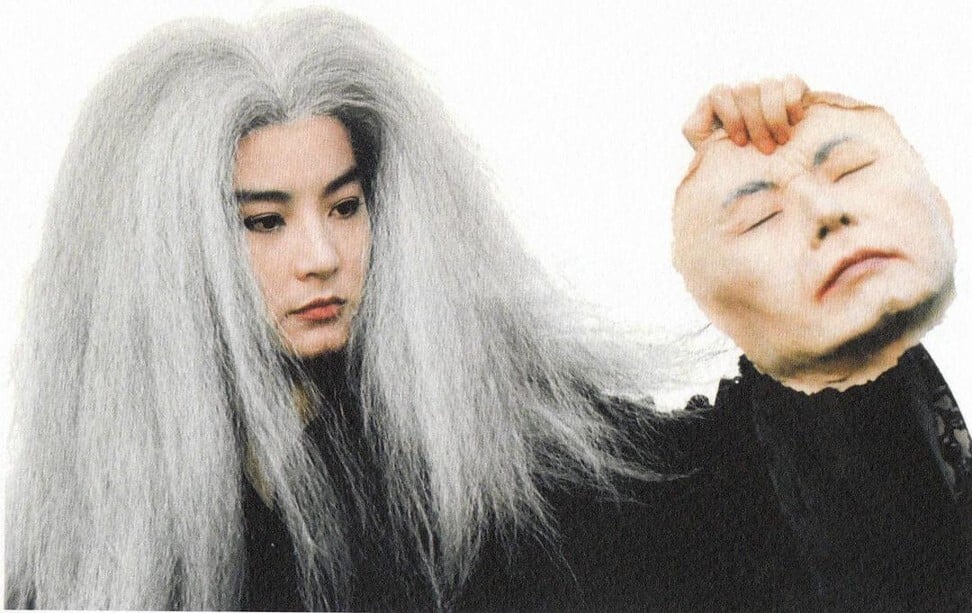
As the film progresses, the influential hermaphrodite theme of the previous film is dropped in favour of some clichéd lesbian scenes. Chaos reigns supreme as the demented Asia kills everyone she encounters, good and bad, friend and foe.
Tsui has said that he feels he didn’t have a firm grasp of storytelling in the 1980s and 1990s. But the chaos of The East Is Red was more a result of the disorganised way that it was made, he notes in Lisa Morton’s book The Cinema of Tsui Hark.
“I thought Swordsman II was the end of that character,” Tsui said. “Then it became a big hit and people were asking for a sequel. That’s something that I was not at my best doing, because the character had died already, and now it ends up they want her to live again.
“… That movie was chaotic because we ran out of people, we ran out of actors. Brigitte Lin was shooting two movies at the same time, the director was shooting three, the cameraman, everyone was working on several projects.”
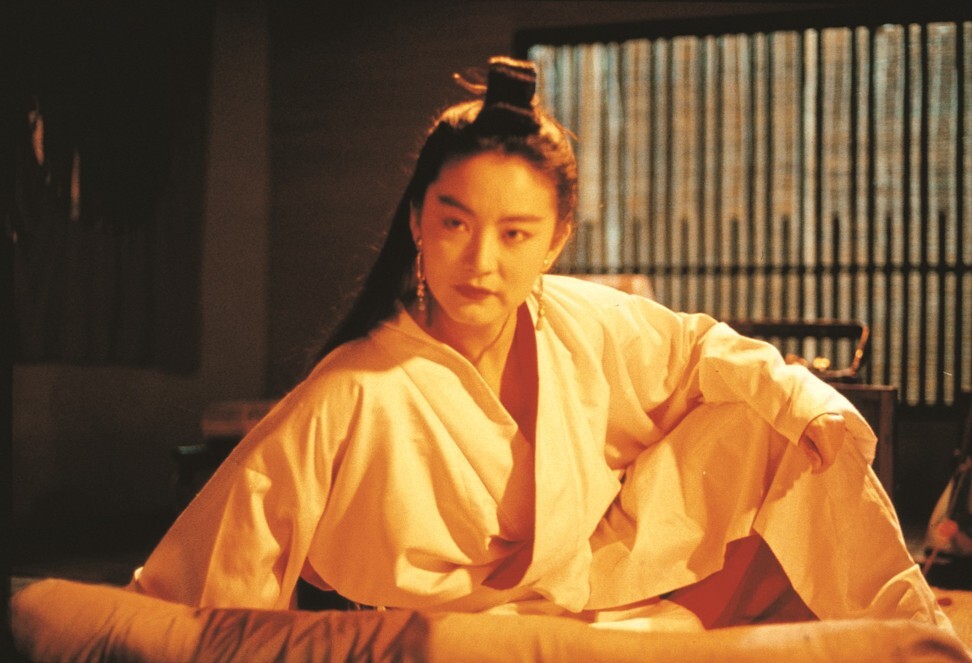
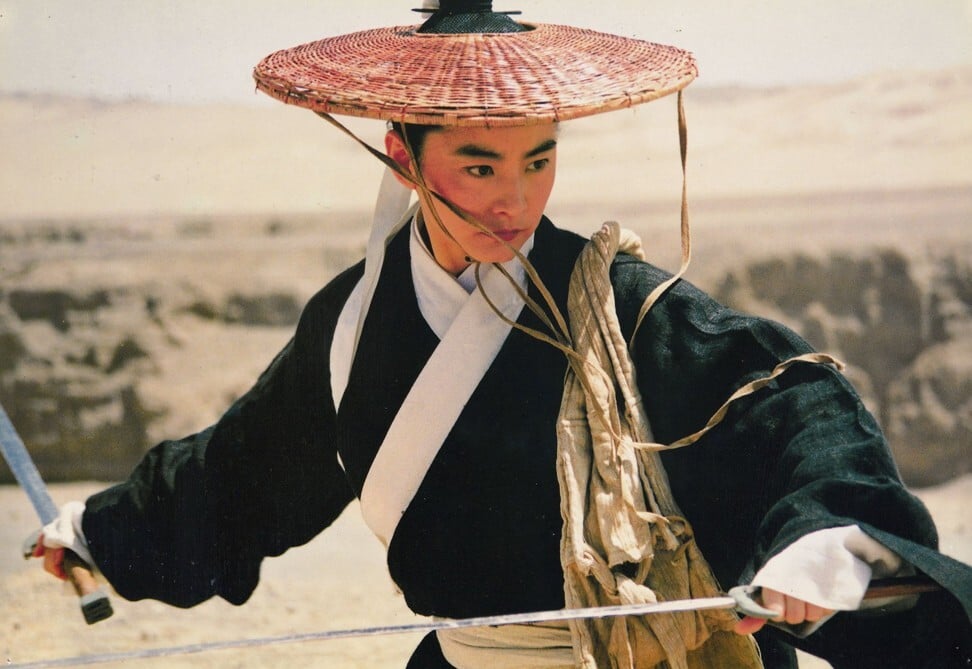
One Hong Kong critic noted the film’s storyline is a direct comment on the way the Hong Kong media had appropriated the striking image of Asia the Invincible, using it in advertisements and elsewhere. Asia’s attempts to kill her impersonators can be viewed as a cheeky attempt by Tsui to get back at those who had stolen his idea.
Although it’s frantic and kitsch, The East Is Red has an impressive martial arts heritage. The first Swordsman film was based on a book by famed wuxia novelist Louis Cha, and was developed by Tsui for the legendary King Hu to shoot.
But Tsui and Hu argued, and the film ended up being co-directed by a few directors, including Tsui, Raymond Lee and Ann Hui On-wah. Tsui wanted to give the story a more contemporary feel with part two, and the Swordsman films became more flamboyant and unusual as the series progressed.
Hark said that the chaos of the shoot heralded the future decline of the Hong Kong film industry, and he has referred to The East Is Red as the industry’s “doomsday toll”. Lin was becoming concerned about her personal safety because of triad involvement in the Hong Kong film industry and retired the next year.
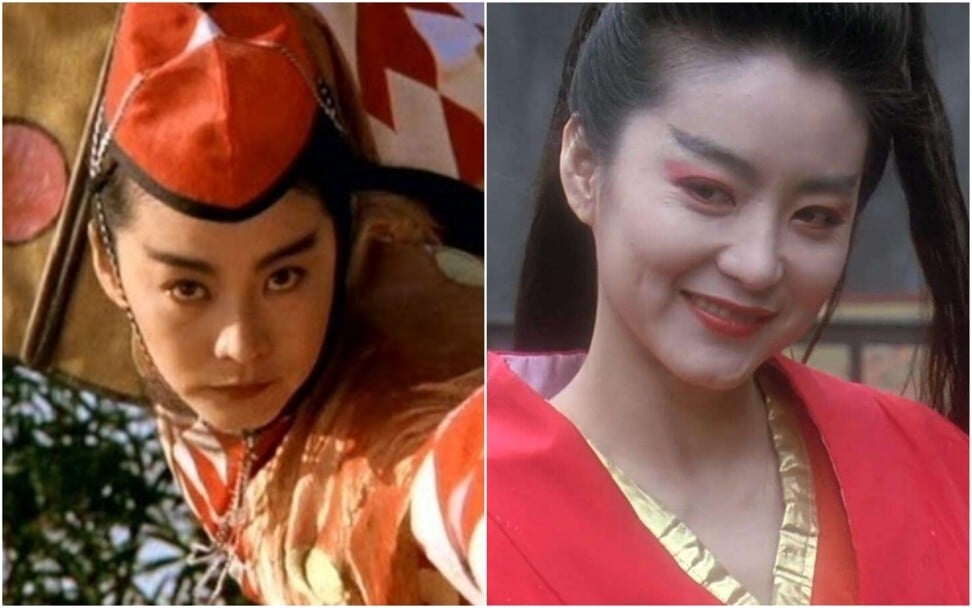
The film’s English title The East Is Red is also the title of a famous 1965 mainland Chinese Communist propaganda film that shows the establishment of the People’s Republic in song and dance.
In this regular feature series on the best of Hong Kong martial arts cinema, we examine the legacy of classic films, re-evaluate the careers of its greatest stars, and revisit some of the lesser-known aspects of the beloved genre. Read .
Want more articles like this? Follow SCMP Film on Facebook
Recommended for you







